The poultry industry is rapidly evolving with advanced breeding automation technologies designed to enhance efficiency, reduce labor costs, and improve productivity. Among the key innovations are egg tray making machines and egg grading machines, which streamline critical processes in poultry farming and egg production.
An egg tray making machine is an essential piece of equipment for large-scale hatcheries and poultry farms. This machine automates the production of high-quality egg trays, ensuring safe storage and transportation of eggs. Using durable materials such as recycled paper pulp or plastic, the machine molds trays with precision, providing optimal protection against breakage. Modern versions feature energy-efficient designs, quick drying systems, and customizable tray sizes to meet various farm requirements. By automating this process, farms can significantly reduce manual labor while maintaining consistent output.
Complementing this system is the egg grading machine, a sophisticated device that sorts eggs by weight, size, and quality. Equipped with advanced sensors and conveyor mechanisms, the machine ensures accurate classification, separating premium-grade eggs from those with defects or irregularities. This not only enhances product value but also improves packaging efficiency and marketability. Some models integrate candling technology to detect internal flaws, further ensuring only the best eggs reach consumers.
Together, these automation solutions optimize poultry farm operations, from egg collection to distribution. By minimizing human error and maximizing output consistency, they help farmers achieve higher profitability while meeting industry standards. Whether for small-scale producers or industrial hatcheries, investing in breeding automation equipment is a strategic move toward sustainable and efficient poultry farming.
-
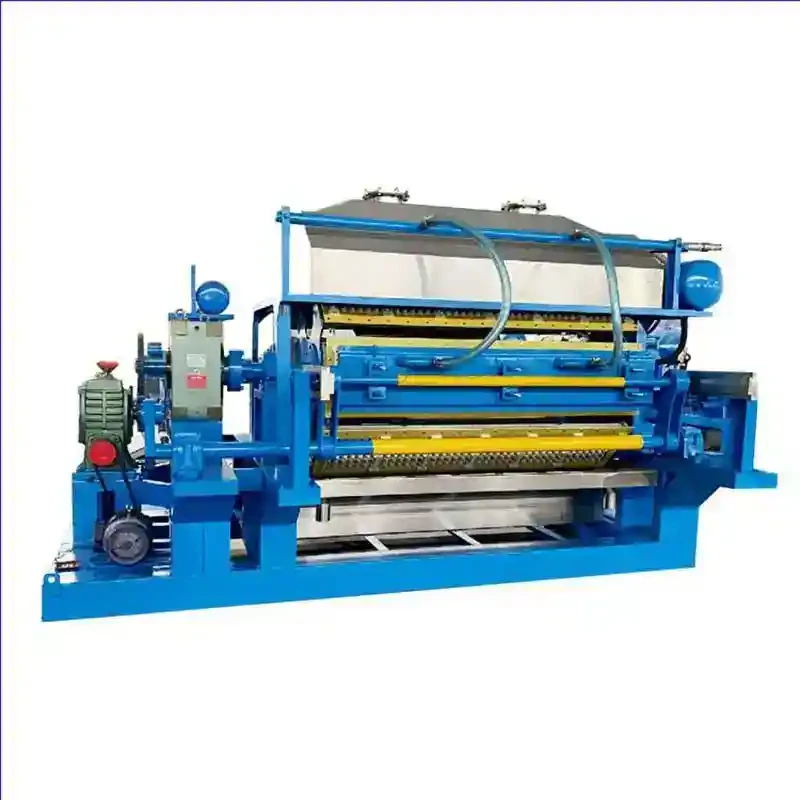
-
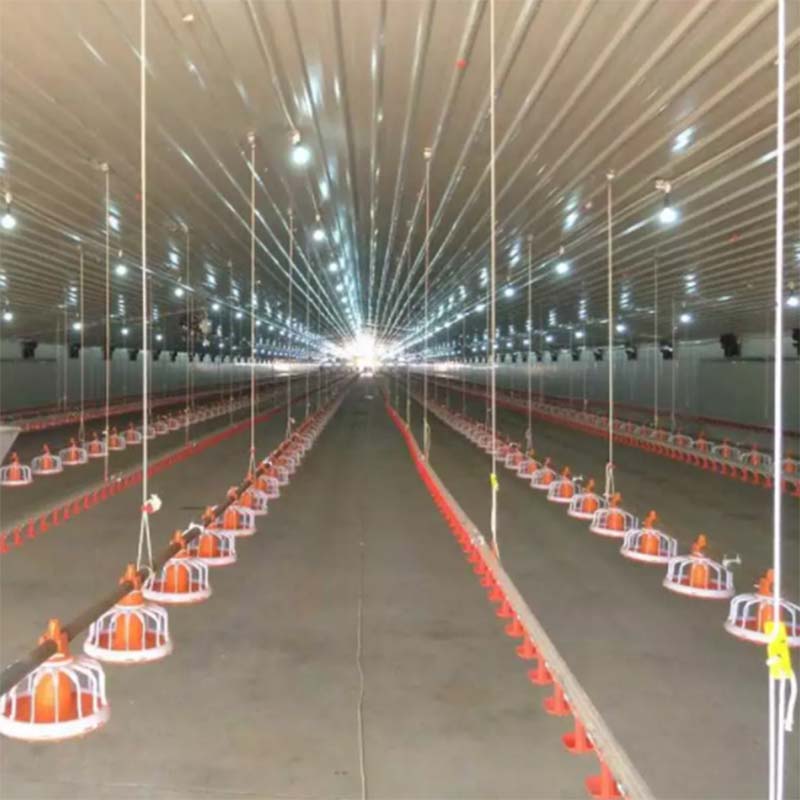
-
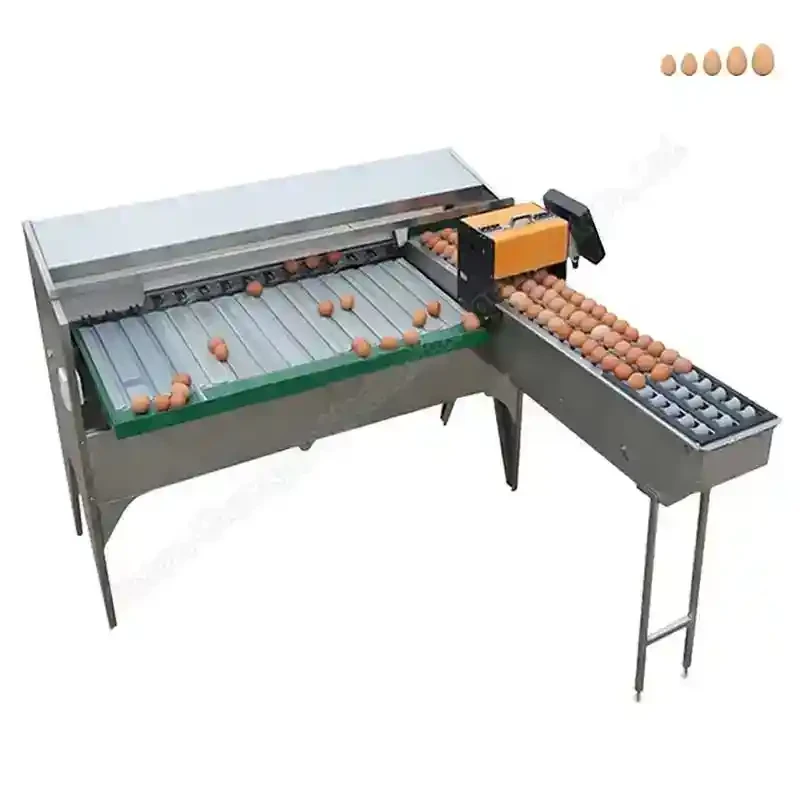
دستگاه درجه بندی خودکار تخم مرغ / دستگاه مرتب سازی تخم مرغ / دستگاه مرتب سازی تخم مرغ
-
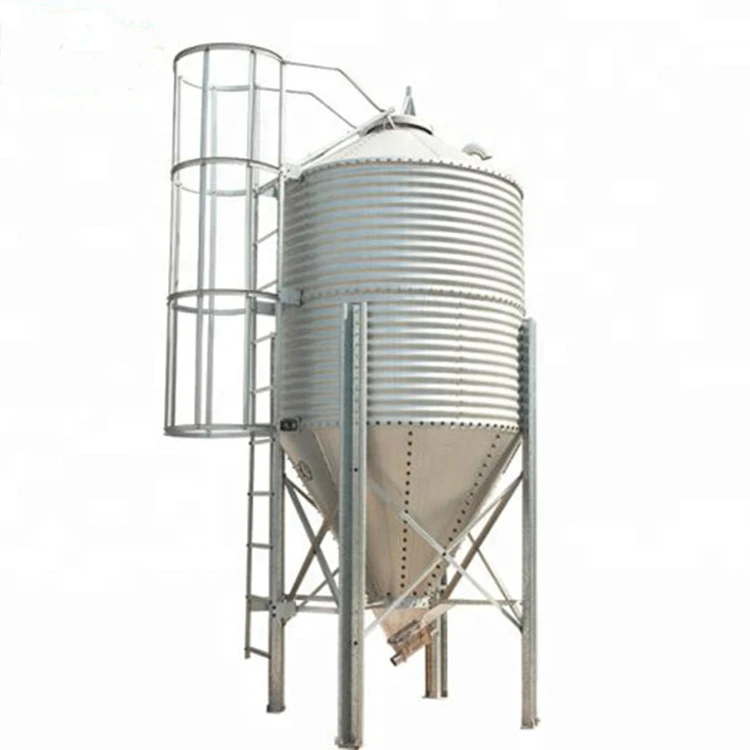
30 50 100 200 500 1000 1500 تن سیلوی فولادی ذخیره سازی دانه غلات خوراک دانه غلات مونتاژ گالوانیزه
-
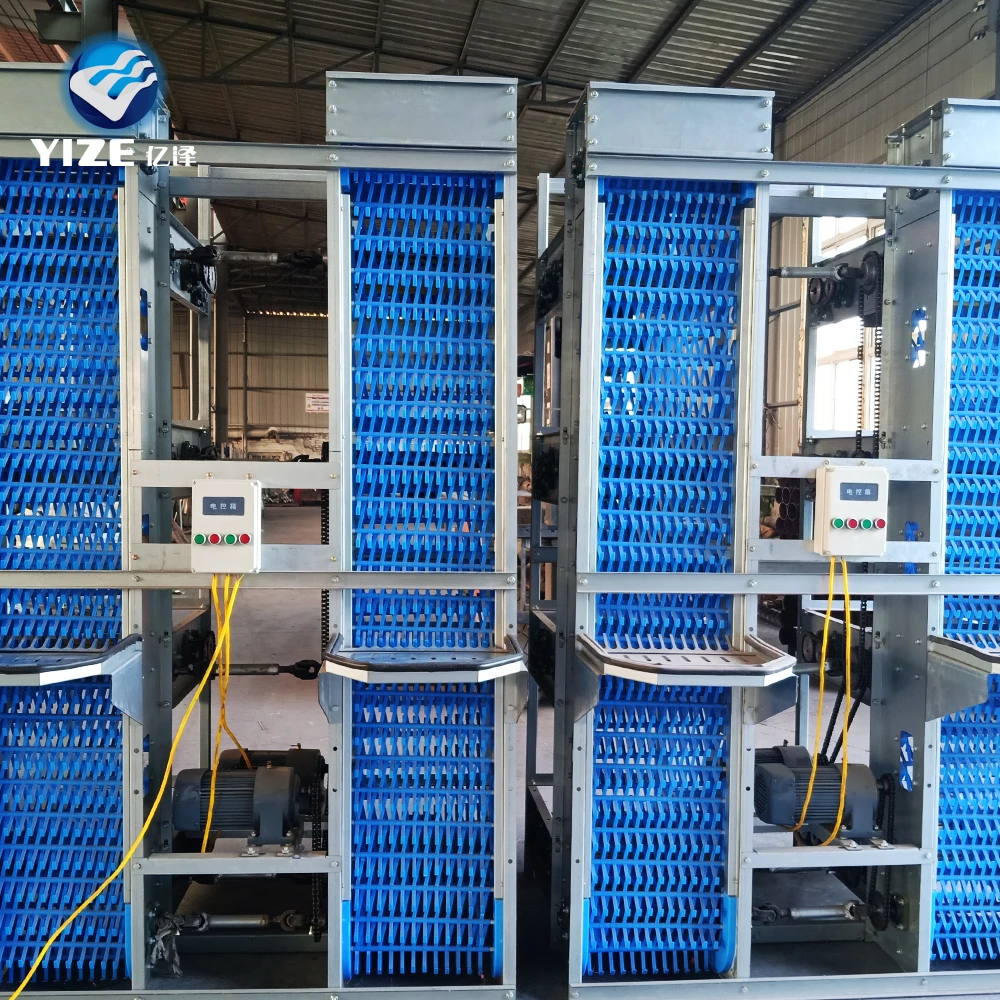
How To Choose Breeding Machines?
Selecting the right breeding machines for poultry farming requires careful consideration of several factors to ensure efficiency, cost-effectiveness, and long-term productivity. The first step is to assess the scale of your operation. Small to medium farms may prioritize affordability and manual or semi-automated systems, while large commercial farms benefit from fully automated solutions that reduce labor dependency. Understanding your production capacity and future expansion plans will guide your investment in the right machinery.
Another critical factor is functionality and automation level. Modern breeding machines range from basic models to advanced systems with integrated smart technology. Key features to look for include automated feeding, egg collection, climate control, and waste management. Machines with IoT-enabled monitoring allow real-time tracking of bird health, feed consumption, and environmental conditions, enhancing overall farm management.
Durability and maintenance are equally important. High-quality machines made from galvanized steel or corrosion-resistant materials ensure longevity, even in harsh farming conditions. Opt for equipment with easy-to-clean designs and readily available spare parts to minimize downtime. Additionally, consider energy efficiency—machines with low power consumption reduce operational costs over time.
Finally, evaluate supplier reputation and after-sales support. Reputable manufacturers provide installation guidance, training, and reliable customer service. Reading reviews and consulting other farmers can help identify trustworthy brands. Investing in the right breeding machines not only boosts productivity but also ensures animal welfare and sustainable farming practices.
Benefits of Breeding Automation Equipment
Breeding automation equipment has revolutionized poultry farming by enhancing efficiency, reducing labor costs, and improving overall productivity. One of the most significant advantages is labor savings. Automated systems for feeding, watering, egg collection, and waste management minimize manual intervention, allowing farmers to focus on strategic farm management rather than repetitive tasks.
Another key benefit is improved consistency and accuracy. Machines ensure precise feed distribution, optimal water supply, and timely egg collection, reducing human error and waste. This leads to better flock health and higher-quality output. For example, automated egg grading machines sort eggs by size and quality with unmatched precision, enhancing marketability.
Enhanced animal welfare is another critical advantage. Automated climate control systems regulate temperature, humidity, and ventilation, creating a stress-free environment for birds. This results in healthier flocks, lower mortality rates, and improved growth or egg production rates.
Additionally, automation supports data-driven decision-making. Smart farming technologies collect real-time data on feed consumption, bird weight, and environmental conditions, enabling farmers to optimize operations and detect issues early.
Overall, breeding automation equipment increases profitability while promoting sustainable and ethical farming practices, making it a worthwhile investment for modern poultry operations.
How To Select An Egg Tray Machine Efficiently
Choosing the right egg tray machine is crucial for poultry farms and hatcheries aiming to improve efficiency and reduce egg breakage during storage and transport. The first consideration should be production capacity. Machines vary in output, from small-scale models producing a few hundred trays per hour to industrial-grade systems capable of thousands. Assess your daily requirements to select a machine that meets demand without unnecessary overcapacity.
Next, evaluate the material and durability of the machine. High-quality egg tray machines are built from robust materials like stainless steel or heavy-duty alloys to withstand continuous operation. Look for features such as anti-corrosion coatings and heat-resistant components, especially if the machine will operate in humid or high-temperature environments.
Automation level is another key factor. Semi-automatic machines are cost-effective for smaller farms, while fully automatic models with integrated drying and stacking systems save time and labor in large-scale operations. Advanced machines may also include mold-changing mechanisms for producing different tray sizes, adding versatility.
Energy efficiency should also influence your decision. Machines with low power consumption and fast drying systems (such as UV or conveyor dryers) reduce operational costs. Additionally, consider after-sales support, including warranty, spare parts availability, and technical assistance from the supplier.
By carefully analyzing these factors, you can select an egg tray machine that maximizes productivity, minimizes costs, and ensures long-term reliability for your poultry business.










